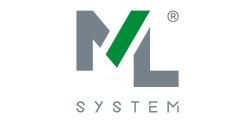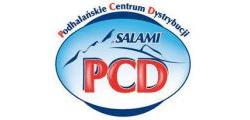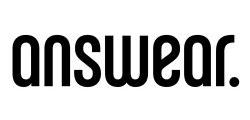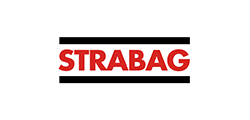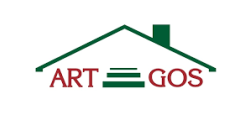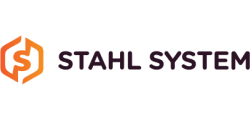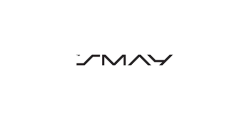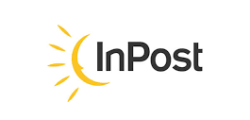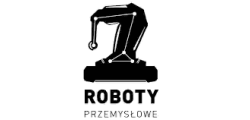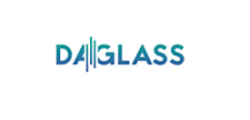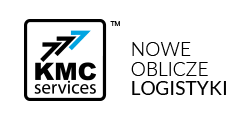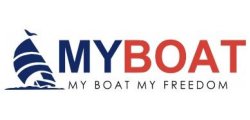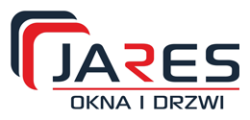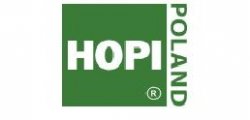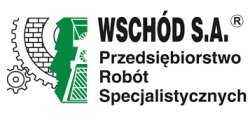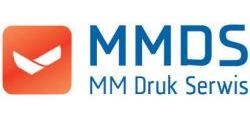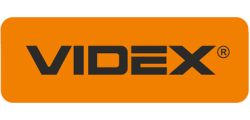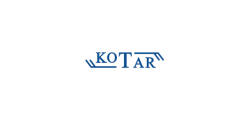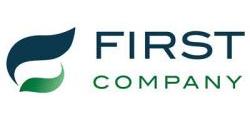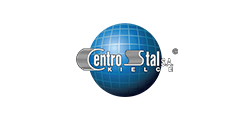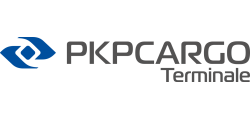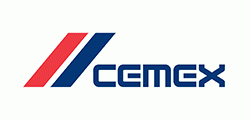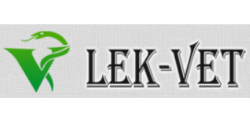Without a well-written summary it is difficult to expect success in finding a job. Luckily, it’s not as difficult as it seems to be to get a CV that the employer is interested in. We will advise you on what to remember and what mistakes to avoid in your summary.
Increase your chances of landing a job and create your resume with one of our professionally designed resume templates.
Create a free Resume in minutes online
An autobiography is the calling card of a candidate for a certain position and at the same time the first test or it fits. That is why time should be spent on the preparation of this document. It should be borne in mind that the same summary cannot be sent to more than one employer. The incorrect link number or other company name that is specified in the document will make our application appear in the basket at the beginning.
The length of the summary and the format of the file.
The biography of a person who is just starting his career should be placed on one page A4. If we have at least a few years of experience, we can add another page. It is worth remembering that we always print the following pages of the summary on separate pages.
The information in the summary should be printed in standard black font on a white background. Page settings should also be standardized. You can add color graphics to distinguish yourself from other candidates, but you have to do it moderately. Spectacular graphics cannot divert attention from the content. Therefore, the most important information in your CV should simply be highlighted in bold. It is also good to save the file in PDF format, especially if we have added graphics elements. Then we get a guarantee that our biography on all the computers will look the same. Other formats that employers prefer are doc, rtf or jpg.
The example summary - the title and the position number
At the top of each CV there should be the title of the position to which we apply and the reference number specified in the advertisement - for example recruitment for the position of a vendor (the number of the post 01/10). The same data should be entered in the subject and text of the e-mail we send to a potential employer. It only seems that the number of the post and its title are insignificant, but their absence makes the work of human resources very difficult. They can reject such an application at the beginning. The failure to provide this information is also a signal to the employer: if you do not comply with the simple job descriptions in the job opening, you, too, may have problems with performance.
The example summary - the photo
You should put a photo on your CV. It should be remembered that the whole document should impress the potential employer, not the friends from the vacation. That’s why you don’t have to put photos in incomplete clothes like a bikini or a beer bottle in your hand. It shouldn’t be a passport photo either. You can attach the original photograph provided that its work-related content is neutral. It is worth remembering that the photograph, before placing in the resume needs to be reduced. Otherwise the file will be too large and the mailbox of the potential employer may not accept it.
The division summary
The summary should be divided into several parts: personal data, education, work experience, training and courses, skills and interests. The headings of each of them should be highlighted in bold in large font, sometimes with graphic elements. We provide information in each section.
Personal data
The following information should be given:
Name and surname, address of correspondence, contact number, e-mail address, date of birth.
You should check your address, phone and e-mail. Any mistake will prevent the hiring officer from contacting you. E-mail address should be official (name@, not a kiss@ or a firm@). Also do not need to present your marital status - your employer is not interested (and according to the law should not).
Education
In most cases this entry is placed under personal data. But if we have many years of experience we can write about our professional experience earlier. The section on education should use the achronological system, so the most relevant information should be placed at the beginning. The starting and graduation dates should be month and year. Note that we do not mix Arabic and Roman numerals. We also give the name of the university as well as the direction, specialization and form of education. We can also post information on high school graduation, especially if we have acquired professional qualifications.
Work experience
Along with education this is the most important part of each CV. More importantly for people with more professional experience. Therefore, information about previous employers, positions held and duties performed are often posted immediately after personal data.
The rules like the rules of education description. We start with up-to-date information, starting and ending dates with each of the employers and the title of the positions held. It is also worth briefly describing our responsibilities and showing success. Here we should focus on specific information, do not write that we have been selling two types of products, but boast of increased sales or revenues (for example, by 30% during the year). If we were leading a team, let us know how many employees we had under us. We write "writing a program in PHP, instead of "programming experience in PHP", which allows to make purchases on the Internet in a stock exchange company".
Experience can be not only employment in companies, but also internships, volunteers, student internships, activities in organizations, societies, associations, scientific clubs and sports clubs. It is also a group leader at the university and even a work in fruit harvesting abroad.
Training and courses
It’s worth bragging about the extra training, but only if it’s related to the job we’re applying for. Otherwise, it’s a pity on the resume. We always write who did the course or the training, what its subject and duration was.
Skills
Here we can boast skills (for example, blind printing method, telephone conversation with customer, sales negotiations). The important thing is that we only recognize those that relate to the position to which we aspire. For example, if we’re not looking for a job as an assistant, we can skip the information that we know how to use office equipment.
However, characteristics such as hard work or reliability should not be covered. First, such commonalities do not impress employers. Second, this type of information is contained in the motivational letter.
Among the skills you can place such information as knowledge of foreign languages, computer programs, driving license. More often, however, they appear under a separate heading entitled "Additional information" or "Additional qualifications".
Additional information
Knowledge of foreign languages. The information on this should be as detailed as possible. It is better to announce your language skills of speaking, writing and reading. We can boast our certificates. However, it is not necessary to give false information because there may be an unpleasant surprise. If the knowledge of a foreign language is necessary for the work, the employer will check it.
Knowledge of computer programs. We list only those programs that can be useful at work. It is better to specify the name of the program and its knowledge level in brackets. Driver’s license. Here we give the relevant category and the year of obtaining the permit.
Interests
Our best interests are related to the work to which we aspire (for example, motorization in the case of a car salesman). If the situation looks different (because who would like to think about work all the time), there is nothing to worry about. However, when providing information about your interests be careful that they are not too common (book, film or sport). If we like movies let’s at least write down the genre or which director we value the most. Similarly in the case of literature or sports (here we represent the discipline we practice or are particularly interested in).
Consent to the processing of personal data
In the header of the CV and the motivational letter it is always necessary to place consent for the processing of our personal data.
Here is an example of the formula:
"I consent to the processing of my personal data for the purposes necessary for the recruitment process (under the Law of 29.08.97 on the protection of personal data, Law Journal 133, paragraph 883)".
The employer may require a slightly different item, but then he will definitely indicate it in the advertisement.
E-mail to potential employer
We have already written about the need to indicate the title and number of the position in the subject and the content of the e-mail. However, the contents of the letter to the prospective employer should be more than that. The absolute minimum is a polite greeting and information about our application, which can be found in the annex.
This formula could usefully be supplemented by several proposals in which we would first present our candidacy for the vacant post. This message should not be long, just write in several points why they should hire you.
Remember, also to check all documents and e-mails for proper spelling before sending them, preferably several times. It is not to be hoped that the recruitment specialist will turn a blind eye to spelling errors or inventory. In the case of work that requires contact with customers, such failures may be disqualified.
The most common errors in the executive summary are
- missing or incorrect contact
- missing or incorrect vacancy number
- wrong photo (too big or too light)
- non-standard settings (e.g., too many graphics, rare fonts) and incorrect file format
- spelling and stylistic errors, descriptions
Are you looking for a job?
Contact us, we'll advise you and we'll find a job offer for you.








